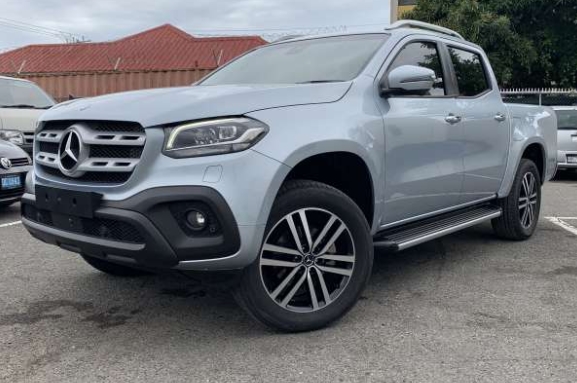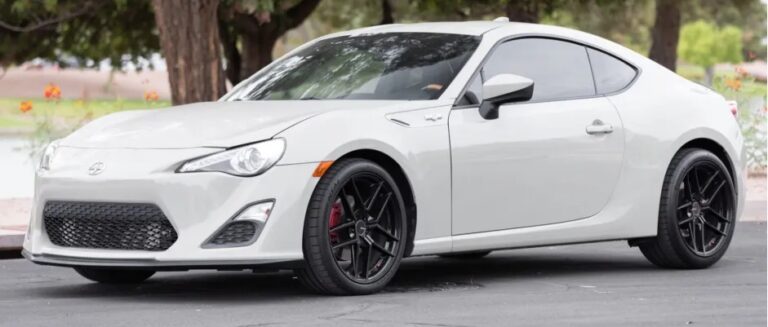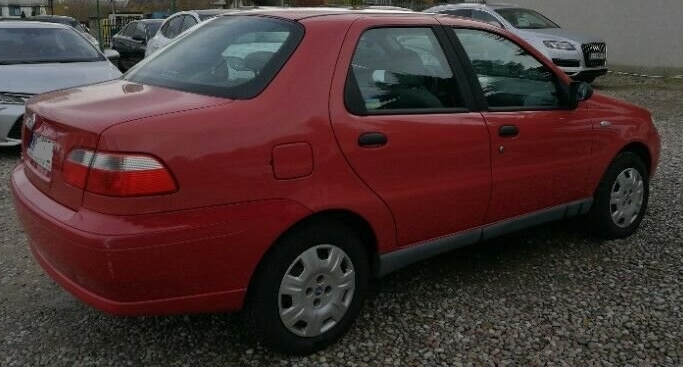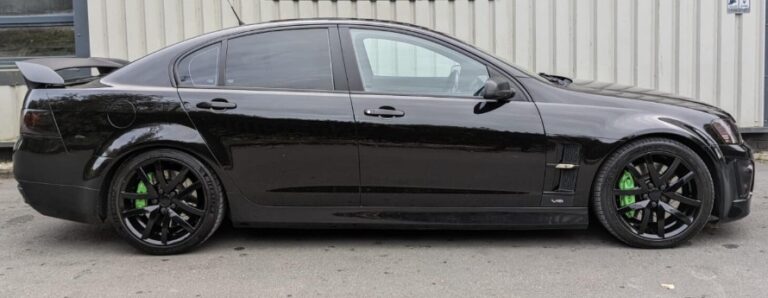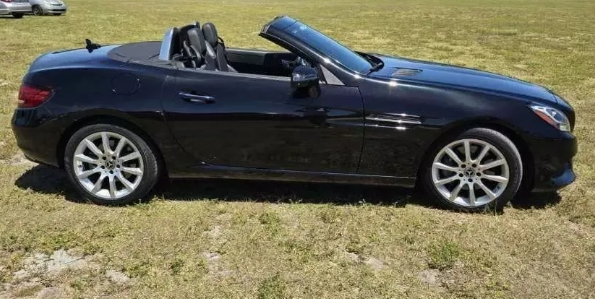The Tri-Star on the Trail: The Brief, Ambitious Evolution of the Mercedes-Benz X-Class
In the annals of automotive history, there are stories of enduring success and tales of brilliant but brief experiments. The Mercedes-Benz X-Class belongs firmly in the latter category. It was a bold, unprecedented foray by the world’s oldest luxury automaker into the rugged, utilitarian world of the mid-size pickup truck. For a fleeting moment, the iconic three-pointed star graced tailgates, promising a union of premium comfort and workhorse capability. This is the story of its evolution, from a headline-grabbing concept to a quietly discontinued curiosity, a vehicle that existed officially from late 2017 to mid-2020.
The Genesis: A New Frontier for Luxury
By the mid-2010s, the global market for one-tonne, mid-size pickup trucks was booming. Vehicles like the Ford Ranger, Toyota Hilux, and Volkswagen Amarok were no longer just spartan tools for tradespeople; they were increasingly being adopted as lifestyle vehicles, family haulers, and adventure platforms, particularly in Europe, Australia, South Africa, and South America. Mercedes-Benz, ever vigilant for new market segments, saw an opportunity. They identified a gap at the very top of this market for a truly premium pickup—a vehicle that could tow a horsebox to a country estate on Saturday and still look perfectly at home parked outside a fine-dining restaurant that evening.
Building a pickup truck from the ground up, however, is a monumental and costly undertaking. To expedite its entry into this new segment, Mercedes-Benz leveraged its existing strategic industrial partnership with the Renault-Nissan-Mitsubishi Alliance. The foundation for the X-Class would be the robust and proven ladder-frame chassis of the third-generation Nissan Navara (D23), a platform also shared with the Renault Alaskan.
In 2016, Mercedes-Benz unveiled two concept vehicles to signal its intent: the Concept X-CLASS “Stylish Explorer” and the “Powerful Adventurer.” The former, with its clean lines, large alloys, and luxurious white Nappa leather interior, targeted the urban lifestyle buyer. The latter, featuring rugged off-road tires, a winch, and aggressive body cladding, was aimed squarely at the adventure market. The message was clear: this would be a truck of two worlds.
2017-2018: The Launch and Initial Offerings
Production of the Mercedes-Benz X-Class began in late 2017 at Nissan’s factory in Barcelona, Spain, for the European, Australian, and South African markets. While it shared its fundamental architecture with the Navara, Mercedes engineers invested heavily in differentiating their product.
The ladder-frame chassis was reinforced to handle higher payloads and provide greater torsional rigidity. Crucially, the X-Class adopted the Navara’s sophisticated five-link rear suspension with coil springs, a departure from the more common and less comfortable leaf-spring setups in many rivals. Mercedes then went a step further, retuning the springs and dampers to deliver a ride quality more befitting its brand. The most significant change was the track width; the X-Class was a full 70mm wider than its Nissan cousin, giving it a more planted, muscular stance and improving on-road stability.
Externally, every body panel, save for the doors and roof, was unique to the X-Class. The front end was pure Mercedes, with the signature twin-louvre grille and prominent central star flanked by sleek, swept-back headlamps. The rear was more generic but featured slim, vertical tail lights to distinguish it.
Inside, Mercedes attempted to graft its premium DNA onto the Navara’s cabin structure. A new dashboard fascia housed the brand’s characteristic turbine-style air vents and a “floating” tablet-style infotainment screen controlled by the COMAND touch-pad controller in the center console. However, critics were quick to point out that much of the lower cabin plastics, switchgear, and the placement of the handbrake were direct carryovers from Nissan, which slightly diluted the premium feel.
Upon its launch, the X-Class was offered with a range of engines sourced from the Alliance and was structured into three distinct trim levels.
Initial Engine Line-up:
X 220 d: A 2.3-litre, single-turbocharged four-cylinder diesel engine producing 163 horsepower (120 kW) and 403 Nm of torque. It was paired with a 6-speed manual transmission.
X 250 d: The same 2.3-litre diesel engine but with a twin-turbocharger setup, boosting output to 190 horsepower (140 kW) and 450 Nm of torque. This was available with the 6-speed manual or a 7-speed automatic transmission.
X 200: (Available in select markets like the Middle East) A 2.0-litre four-cylinder petrol engine producing 165 horsepower (122 kW).
The four-wheel-drive system on these models was a selectable “4MATIC” – in reality, a part-time 4WD system from Nissan, allowing the driver to switch between rear-wheel drive (2WD), high-range 4WD (4H), and low-range 4WD (4L).
Trim Levels (2017-2020):
PURE: This was the entry-level, work-focused model. It was designed for rugged, daily use.
Exterior: Unpainted black front and rear bumpers, 17-inch steel wheels, halogen headlamps.
Interior: Black Tunja fabric upholstery, durable plastic flooring, basic air conditioning, and the Audio 20 USB infotainment system.
Positioning: Aimed at commercial users who valued the Mercedes badge for its promise of reliability and durability above all else.
PROGRESSIVE: The mid-range trim aimed to bridge the gap between work and lifestyle.
Exterior: Body-coloured front and rear bumpers, 17-inch alloy wheels, heated exterior mirrors.
Interior: Upgraded black fabric upholstery, leather-wrapped steering wheel and gear knob, aluminum door sill panels, carpeted floors, and chrome interior accents.
Positioning: The dual-purpose vehicle for small business owners and families who needed utility during the week and comfort on the weekend.
POWER: The flagship, top-of-the-line trim designed to be the ultimate premium lifestyle pickup.
Exterior: Chrome-plated front bumper, chrome rear bumper, 18-inch alloy wheels, LED High Performance headlamps, and chrome fog light surrounds.
Interior: Artico man-made leather and Dinamica microfibre upholstery (full leather was an option), electrically adjustable front seats with lumbar support, automatic climate control, and the more advanced COMAND Online infotainment system as an option.
Positioning: A direct competitor to high-spec SUVs, targeting affluent individuals who wanted a truck without compromising on luxury, technology, and style.
2018: The Arrival of the “True” Mercedes – The X 350 d
The most significant step in the X-Class’s evolution occurred in mid-2018 with the introduction of the X 350 d 4MATIC. This was the model that enthusiasts and critics had been waiting for, as it finally housed a genuine Mercedes-Benz powertrain.
Under the bonnet was Mercedes’s own OM642 3.0-litre V6 turbodiesel engine, a powerhouse renowned for its smooth, effortless performance in models like the G-Class and E-Class. In the X-Class, it produced a class-leading 258 horsepower (190 kW) and a formidable 550 Nm of torque.
This engine was mated exclusively to Mercedes’s 7G-TRONIC PLUS seven-speed automatic transmission with paddle shifters. More importantly, it was paired with a Mercedes-developed permanent 4MATIC all-wheel-drive system. Unlike the selectable system in the four-cylinder models, this was a full-time system with a rear-biased 40:60 torque split for superior on-road handling, with a locking centre differential and low-range gearing for serious off-road work.
To manage the power, the X 350 d also came standard with DYNAMIC SELECT, offering five driving modes (Comfort, Eco, Sport, Manual, and Off-road) that adjusted engine response, transmission shift points, and the ECO start/stop function. The V6 model was only available in the top two trim levels, PROGRESSIVE and POWER, solidifying its status as the halo vehicle of the range. This was the X-Class in its ultimate form—a truck that could accelerate from 0-100 km/h in just 7.9 seconds while offering the refinement expected of its badge.
.

.
The Unraveling and Discontinuation (2019-2020)
Despite the engineering efforts and the impressive V6 flagship, the X-Class struggled to find its footing. The core problem was one of value and identity. It was significantly more expensive than the Nissan Navara it was based on, and also commanded a hefty premium over highly accomplished rivals like the Ford Ranger Raptor and the V6-powered Volkswagen Amarok.
While the exterior was handsome and the V6 model was a potent performer, the interior’s Nissan origins were a sticking point for many potential buyers who expected a cabin on par with a Mercedes C-Class or GLE for the price. Hardcore truck buyers were wary of its luxury pretensions and high cost, while traditional Mercedes sedan and SUV owners were simply not in the market for a pickup. The X-Class was caught in a niche of its own making, one that proved to be too small.
Sales figures were disappointing. After selling approximately 16,700 units in Europe, Australia, and South Africa in 2018, sales fell to around 15,300 in 2019. Plans to build the X-Class in Argentina for the South American market were scrapped. In early 2020, under a new Daimler CEO focused on cost-cutting and maximizing profitability, the decision was made. Mercedes-Benz officially announced that production of the X-Class would cease in May 2020.
Legacy
The evolution of the Mercedes-Benz X-Class was short but significant. It was a fascinating experiment in brand extension and platform sharing. It proved that simply adding a premium badge, a stylish exterior, and a high-end engine is not always enough to overcome the humble origins of a shared platform, especially when the price demands perfection.
The X-Class remains a competent, comfortable, and, in V6 form, a genuinely rapid pickup truck. It represents both the ambition of Mercedes-Benz to conquer new territory and the harsh market realities of brand perception and value. For the few years it was produced, it offered a unique proposition, and today stands as a rare and intriguing chapter a testament to a time when the world’s most prestigious luxury car brand decided to build a truck.
